Any question about our watches or services?
Visit Us
FAQ
Email Us
There are two main types of mechanical movements: manual and automatic. Both types function on the same basic mechanical principles, but there are key differences in how they are wound and how they store and release energy.
Manual movements, also known as hand-wound movements, require the wearer to manually wind the watch by turning the crown, which tightens the mainspring. This stored energy is then gradually released to power the watch. The need for regular winding brings the wearer into a daily ritual of interaction with the watch, creating a personal bond with the timepiece.
Automatic movements, also known as self-winding movements, harness the energy generated by the wearer’s movements to wind the mainspring. This is achieved through a rotating weight called a rotor, which spins when the watch is moved, winding the mainspring. This means that as long as the watch is worn regularly, it will keep winding itself.
Automatic movements are often preferred for their convenience, as they eliminate the need for daily winding. However, they are typically thicker than manual movements due to the additional space required for the rotor. This can result in a watch with a thicker case, which may not be desirable for those who prefer a slimmer profile on the wrist.
Manual movements are the oldest type of watch movement and are often appreciated by purists for their historical significance and the tactile engagement they offer. The act of winding the watch can be a moment of connection between the wearer and the timepiece, a daily ritual that underscores the mechanical nature of the watch.
Manual movements are typically thinner than automatic movements, as they lack the rotor mechanism. This can result in a slimmer watch case, which is often desirable for dress watches. However, they require more effort from the wearer, as they need to be wound regularly to keep the watch running.
The mechanical movement of a luxury watch is a complex assembly of many small parts, each with a specific function. While the design and arrangement of these parts can vary greatly between different movements, there are several key components that are common to all mechanical watches.
These include the mainspring, the gear train, the escapement, the balance wheel, and the oscillator. Each of these components plays a crucial role in the functioning of the watch, and understanding their operation can greatly enhance one’s appreciation of these remarkable timepieces.
The mainspring is the power source of a mechanical watch. It is a long, coiled spring that is wound either manually or automatically. When wound, the mainspring stores energy, which it then gradually releases to power the watch. The length and tension of the mainspring determine the power reserve of the watch – that is, how long the watch will run on a full wind.
The mainspring is housed in a barrel, which has teeth on its outer edge that engage with the gear train. As the mainspring unwinds, it turns the barrel, which in turn drives the gear train. The rate at which the mainspring unwinds is controlled by the escapement, ensuring a consistent release of energy to keep the watch running accurately.
The gear train is a series of gears that transmit the energy from the mainspring to the escapement. The gears in the train serve to reduce the speed at which the mainspring unwinds, allowing it to release its energy more slowly and consistently. This is crucial for the accuracy of the watch.
The final gear in the train, known as the escape wheel, interacts with the escapement to control the rate at which the energy is released. The gear train also drives the hands of the watch, with each gear corresponding to a different hand (hour, minute, and second).
The escapement is the component that controls the release of energy from the mainspring. It consists of the escape wheel and the pallet fork. The escape wheel is the final gear in the gear train, and it has specially shaped teeth that interact with the pallet fork.
The pallet fork locks and unlocks the escape wheel at a regular rate, allowing the energy from the mainspring to be released in controlled, regular pulses. This ticking that you hear when you hold a mechanical watch to your ear is the sound of the escapement in action.
In watchmaking, a complication refers to any feature on a watch that goes beyond the simple display of hours, minutes, and seconds. Complications can range from the relatively simple, such as a date display, to the incredibly complex, such as a perpetual calendar or a minute repeater.
Complications add functionality to a watch, but they also add complexity to the movement, requiring additional components and more intricate assembly and adjustment. As such, complications are often a sign of a high-end, luxury watch.
A chronograph is a complication that allows the watch to function as a stopwatch, with the ability to start, stop, and reset to zero. This is achieved through additional components in the movement, including a separate gear train and a clutch to engage and disengage the chronograph.
Chronographs can have one or two pushers – buttons on the side of the watch case that control the start, stop, and reset functions. A chronograph with two pushers typically has the start/stop button at the 2 o’clock position and the reset button at the 4 o’clock position.
A perpetual calendar is a complication that displays the date, day, month, and often the phase of the moon, and automatically adjusts for the varying lengths of months and the leap year cycle. This is one of the most complex complications to engineer, requiring a deep understanding of the Gregorian calendar and a movement with over 100 additional parts.
Perpetual calendars are a marvel of mechanical engineering and are highly prized by collectors. They are typically found in high-end, luxury watches, reflecting the skill and expertise required to create them.
The term “Swiss Made” is more than just a label of origin. It’s a seal of quality, a testament to the centuries-old tradition of Swiss watchmaking. Swiss Made movements are renowned for their precision, reliability, and craftsmanship, and they are found in many of the world’s most prestigious luxury watches.
There are several Swiss watch companies that produce their own movements in-house, including Rolex, Patek Philippe, and Audemars Piguet. These in-house movements are often seen as a mark of authenticity and exclusivity, as they are unique to the brand and cannot be found in any other watches.
Rolex is one of the few watch brands that produces all of its movements in-house. Rolex movements are renowned for their precision, reliability, and durability. They are all automatic movements, and many of them feature complications such as a date display or a chronograph.
One of the most famous Rolex movements is the Calibre 3135, which has been in production since 1988 and is found in many of the brand’s most iconic models, including the Submariner and the Datejust. The 3135 is an automatic movement with a date function, and it is known for its robustness and reliability.
Patek Philippe is another brand that produces its own movements in-house. Patek Philippe movements are known for their exquisite craftsmanship, including hand-finished components and intricate complications.
One of the brand’s most famous movements is the Calibre 240, an ultra-thin automatic movement with a micro-rotor. The 240 is used in many of Patek Philippe’s most prestigious models, including the Calatrava and the Nautilus. It is renowned for its slim profile, its precision, and its beautifully decorated components.
The movement is the heart of a luxury mechanical watch, a marvel of miniaturization and precision engineering. Understanding the movement – its components, its operation, and its complications – can greatly enhance one’s appreciation of these remarkable timepieces.
Whether it’s the daily ritual of winding a manual movement, the convenience of an automatic movement, the functionality of a chronograph or a perpetual calendar, or the prestige of a Swiss Made movement, there is a world of fascination and enjoyment to be found in the movement of a luxury mechanical watch.
Discover the RESERVOIR watch collections concerned
Any question about our watches or services?
Visit Us
FAQ
Email Us
Watches
Accessories
Watch Finder
Services
The brand
Stores
news
Delivery / Currency

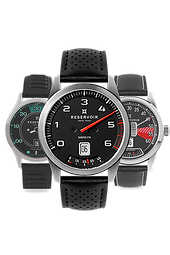
Car

Aeronautic

Marine

Music

Comics by Reservoir

Partnership
You may also like
Services
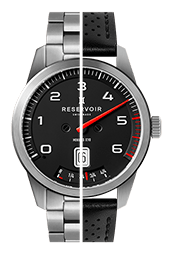
GT Tour
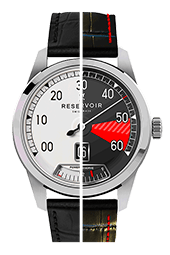
Supercharged
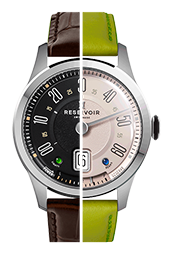
Longbridge
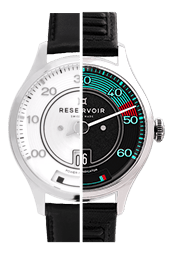
Kanister
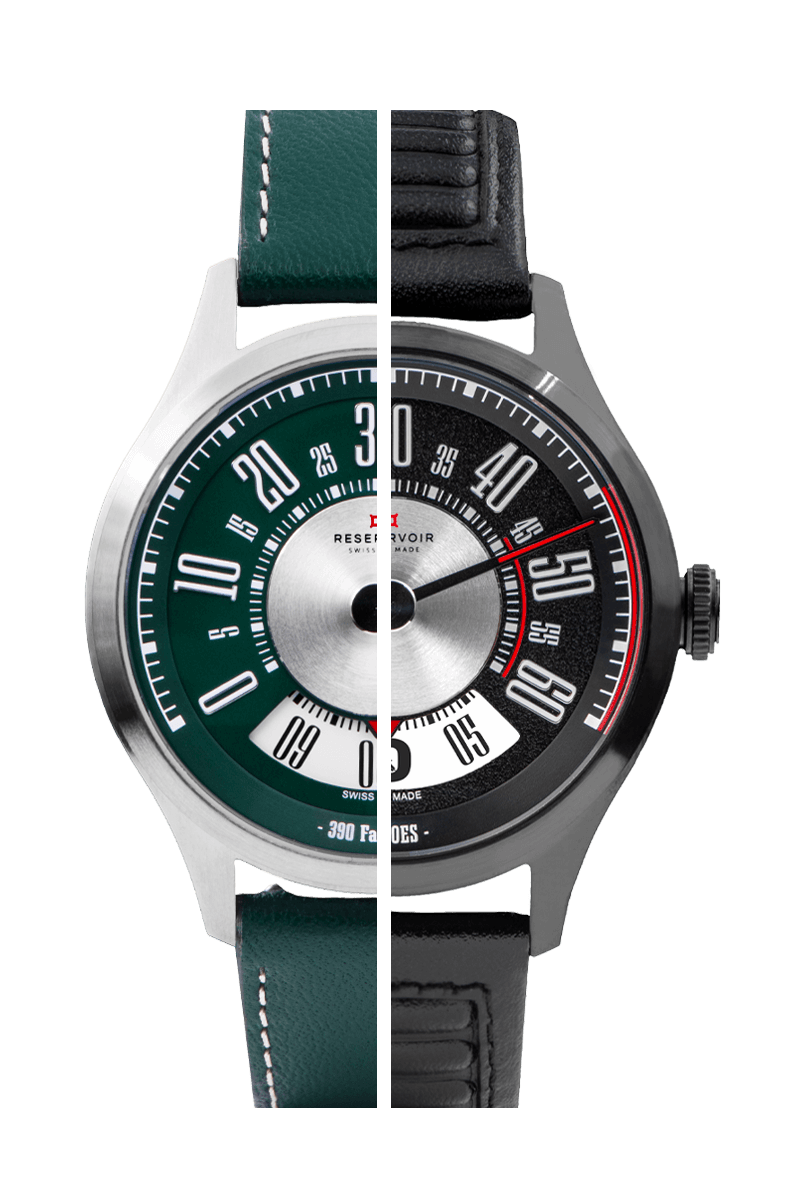
390 FASTBACK

MONZA DESIGN
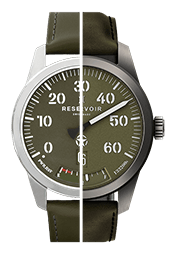
Battlefield
Explore
You may also like

Airfight

Black Sparrow
Explore
You may also like

Hydrosphere

Tiefenmesser
Explore
You may also like
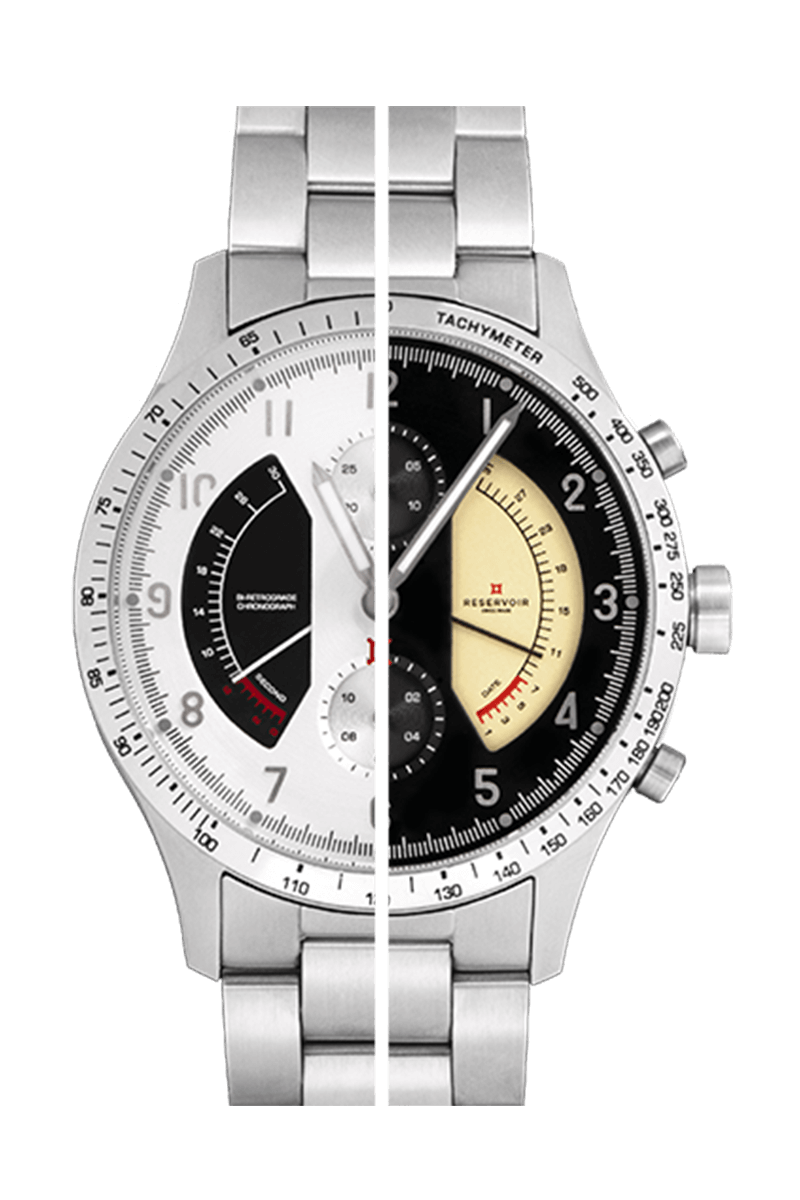
Sonomaster
Explore
You may also like
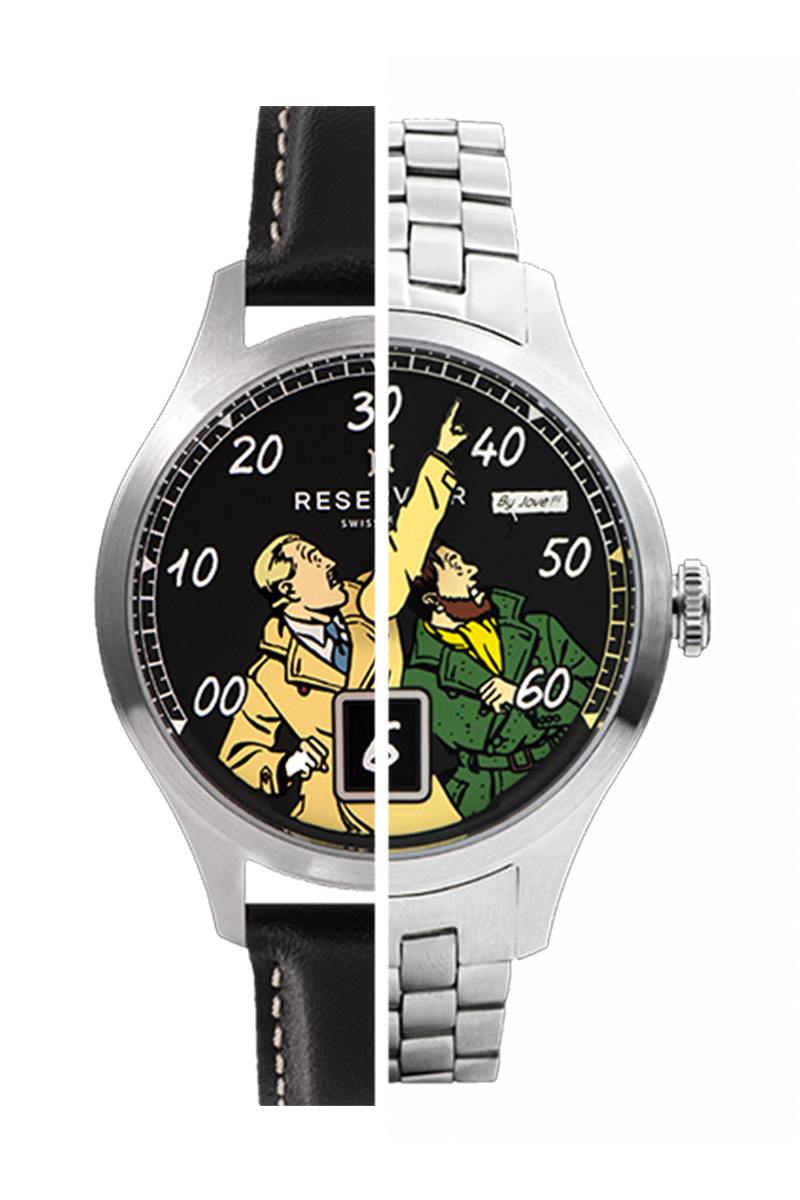
Blake et Mortimer
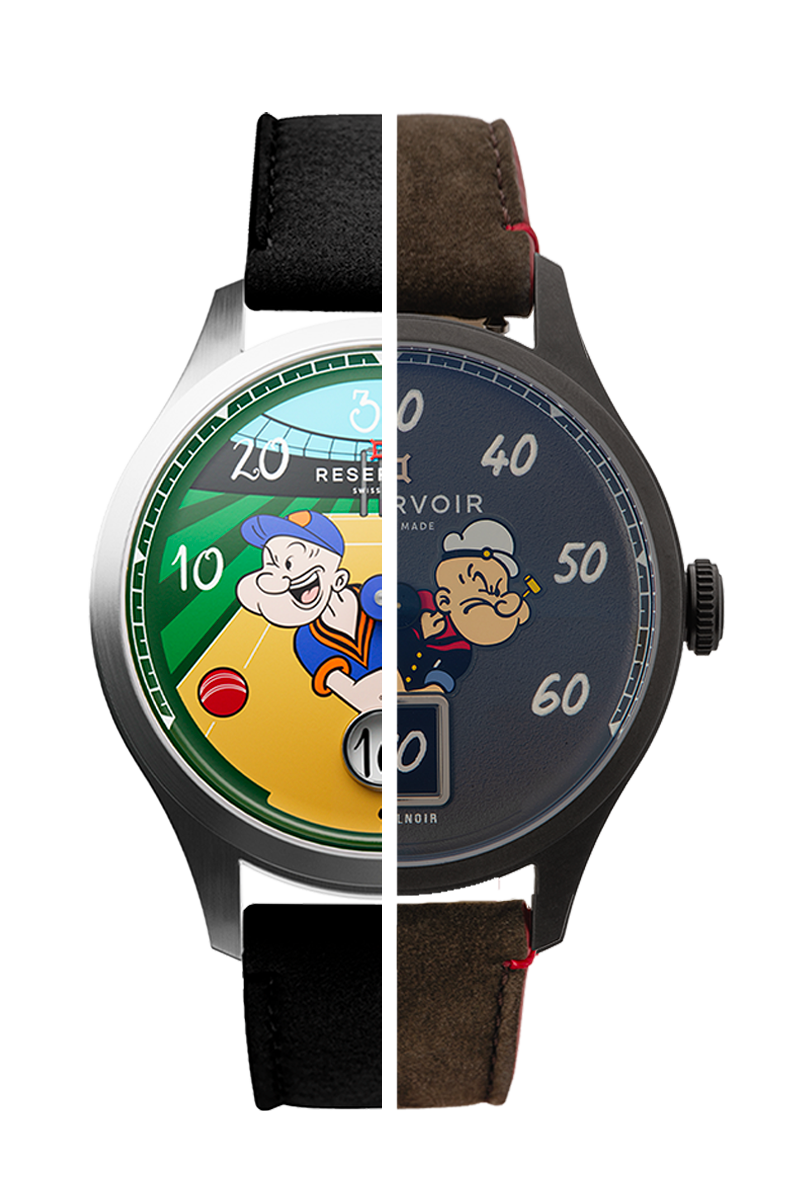
THE Popeye FAMILY
Explore
You may also like









Explore
You may also like













You may also like







You may also like












You may also like






You may also like




You may also like



You may also like

You may also like






You may also like



You may also like







You may also like








You may also like





You may also like


You may also like





You may also like

You may also like